Graphics Reference
In-Depth Information
them whose analog on the homology level is more complicated. This richer algebraic
structure leads to a whole host of new topological invariants. We outline the defini-
tion of cohomology groups in the case of simplicial complexes.
Let K be a simplicial complex.
The
qth cochain group
of K, denoted by C
q
(K), is defined by
Definition.
q
()
=
(
()
,.
CK HomCK
Z
q
Define the
coboundary map
d
q
q
q
+1
()
Æ
()
:
CK
C
K
by
(
)
()
=
q
()
(
()
)
q
()
()
d
f
c
f
∂
c
,
for f
Œ
C
K and c
Œ
C
K
.
q
q
+
1
Using the fact that ∂
q-1
°
∂
q
= 0, it is straightforward to check that d
q+1
°
d
q
= 0, so
that im d
q-1
Õ ker d
q
. The elements of im d
q-1
and ker d
q
are called
q-coboundaries
and
q-cocycles
, respectively.
The
qth cohomology group
of K, denoted by H
q
(K), is defined by
Definition.
q
ker
d
q
()
=
HK
.
q
-
1
im
d
Definition.
Let K and L be simplicial complexes and f : K Æ L a simplicial map.
Define the
induced homomorphism
#
qq
q
()
Æ
()
f
:
CL CK
by
(
)
()
=
#
q
q
()
(
()
)
()
()
f
g
c
g f
c
,
for g
Œ
C
L and c
Œ
C
K
.
#
q
q
It is easy to show that
qq
#
#
q q
+1
d
o
f
=
f
o
d
,
and so f
#q
induces well-defined
induced homomorphisms
*
q
q
q
()
Æ
()
f
:
HLHK
.
We mentioned earlier that cohomology groups do not add anything new as groups.
The following theorem is one example of this.

